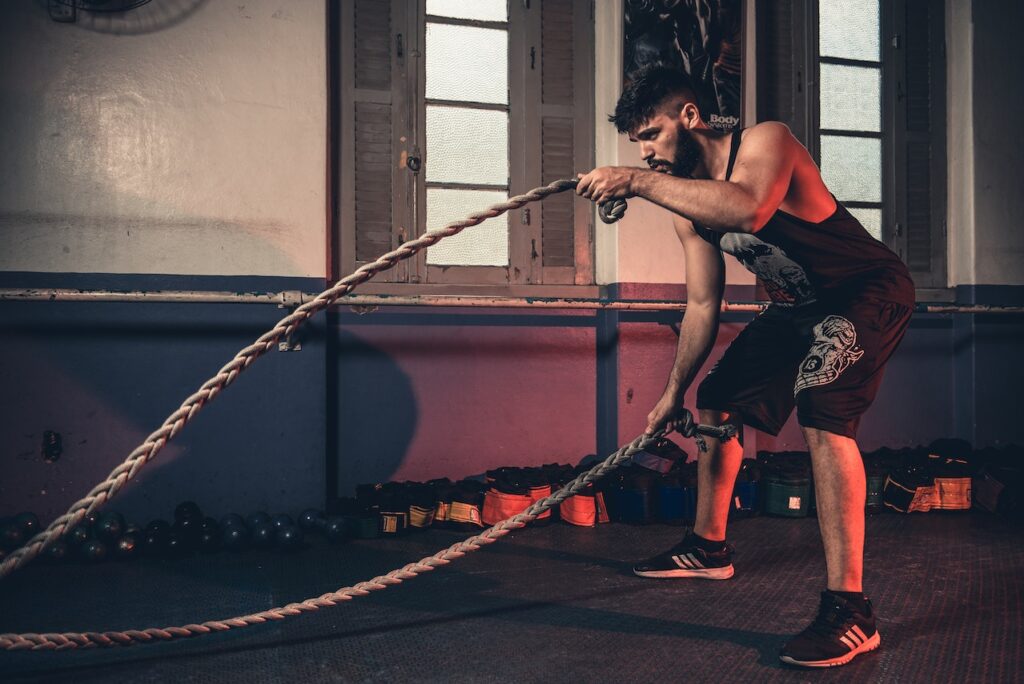Understanding HIIT
HIIT revolves around the idea of pushing your body to its limits for short durations, followed by brief periods of rest. This intensity contrast leads to your body burning calories at a faster rate, even long after the workout is over – a phenomenon known as the afterburn effect.
Studies show that HIIT is exceptionally beneficial for cardiovascular health and weight management. By rapidly increasing and decreasing your heart rate, you’re not only burning calories but also strengthening your heart. Plus, with the enhanced calorie burn, HIIT is a potent tool for weight loss. Moreover, despite being typically seen as a cardio workout, HIIT can also lead to muscle gain, especially if resistance training elements are integrated.
Read our article to choose the right home gym equipment for your needs.
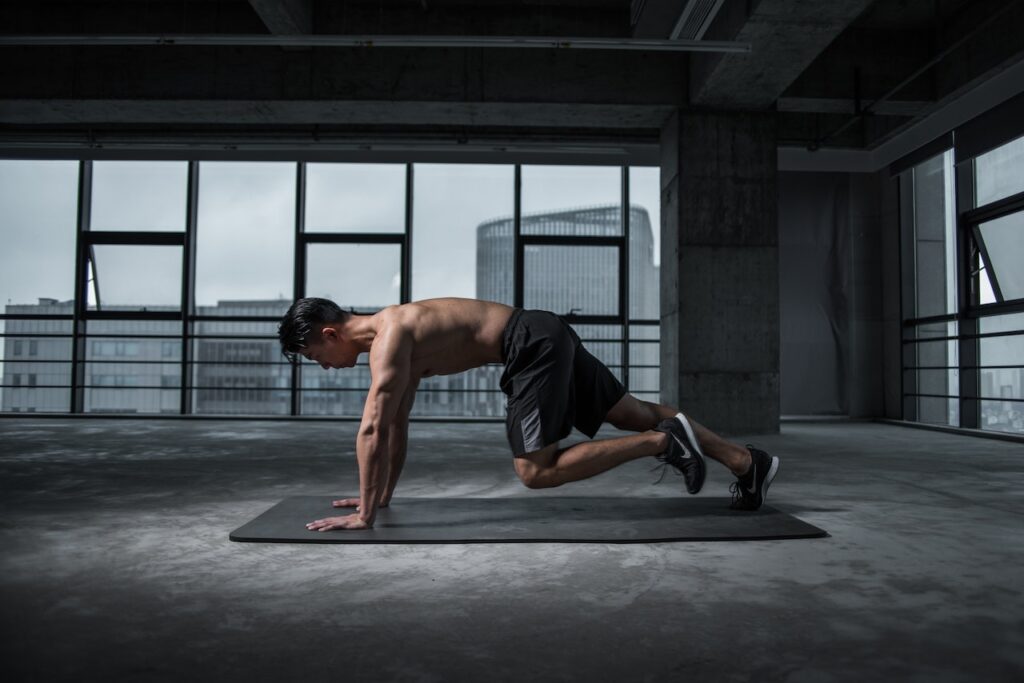
Essential Equipment for Home-based HIIT
The beauty of HIIT lies in its versatility. You can perform effective routines with minimal equipment, making it ideal for compact home gym setups. Some essentials might include:
- Adjustable Dumbbells: These can add an extra challenge to exercises such as squats or lunges.
- Resistance Bands: Perfect for exercises that work your upper body and core.
- Kettlebells: A kettlebell swing is a classic HIIT move that engages your whole body.
However, remember that many HIIT workouts can be done with bodyweight alone. The key is to ensure you’re pushing your intensity to the max during those active periods.
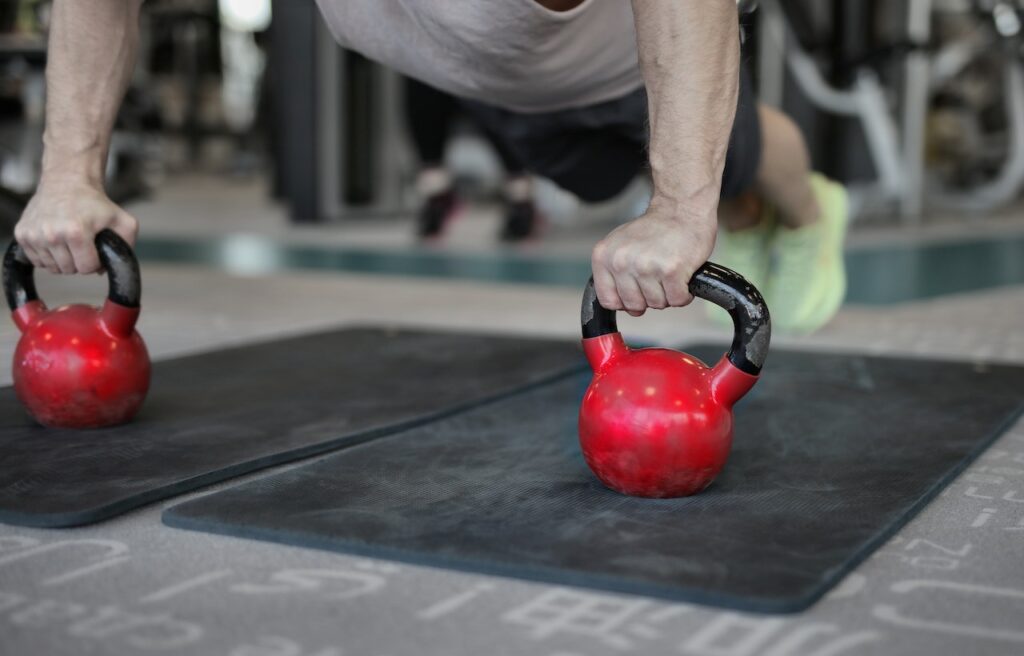
Effective HIIT Workouts for Home
The scope for HIIT workouts at home is vast, with routines that can be adapted to all fitness levels. Whether you’re a beginner or seasoned pro, you’ll find a HIIT workout to get your heart racing.
For beginners, it’s important to start slow. For example, you could start with a simple routine consisting of:
- 30 seconds of high knees
- 30 seconds rest
- 30 seconds of jumping jacks
- 30 seconds rest
- Repeat for 10-15 minutes
For more advanced workouts, you could incorporate the use of dumbbells or resistance bands into exercises like squats, lunges, or upper body moves. The key is to push yourself during the high-intensity periods and allow yourself to rest during the low-intensity intervals.
Remember, HIIT is flexible and adaptable, so feel free to modify the workouts to suit your needs. Check out online resources for home workout tips and challenges to keep your routine varied and exciting. The possibilities are endless!
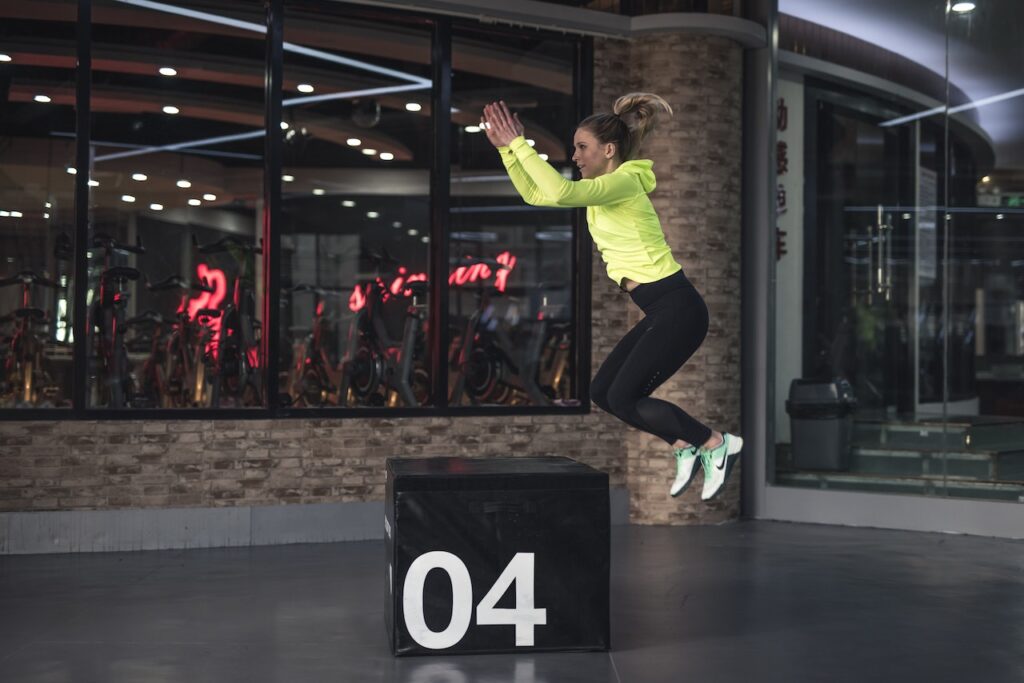
Maximizing Your HIIT Routine
Getting the most out of your HIIT routine goes beyond the actual workout itself. A holistic approach can elevate your HIIT journey, leading to better results and a healthier lifestyle.
To stay motivated, set clear, achievable fitness goals and track your progress regularly. This could be as simple as aiming to complete a certain number of HIIT sessions per week, or a more specific goal like shedding a few pounds or reducing your resting heart rate. Fitness apps and wearable devices can make tracking progress easier and more accurate.
Additionally, maintaining a balanced diet is crucial for fueling your body and aiding recovery after intense HIIT workouts. Prioritize protein to help with muscle recovery and complex carbohydrates to provide the energy you need for your sessions.
Safety and Injury Prevention
While HIIT workouts are designed to push your body, it’s vital to ensure you’re performing the exercises correctly to prevent injury. Proper form is crucial, especially when you’re working at high intensity. Incorrect form not only reduces the effectiveness of the workout but can also lead to injuries.
Remember to warm up before each session and cool down afterward. Warming up prepares your body for the upcoming stress, while cooling down helps gradually reduce your heart rate and relax your muscles.
Furthermore, integrate joint-friendly exercises into your routine. Low-impact exercises can provide the intensity of a HIIT workout while being kinder to your joints. Exercises like swimming, cycling, or using an elliptical are fantastic low-impact HIIT options.
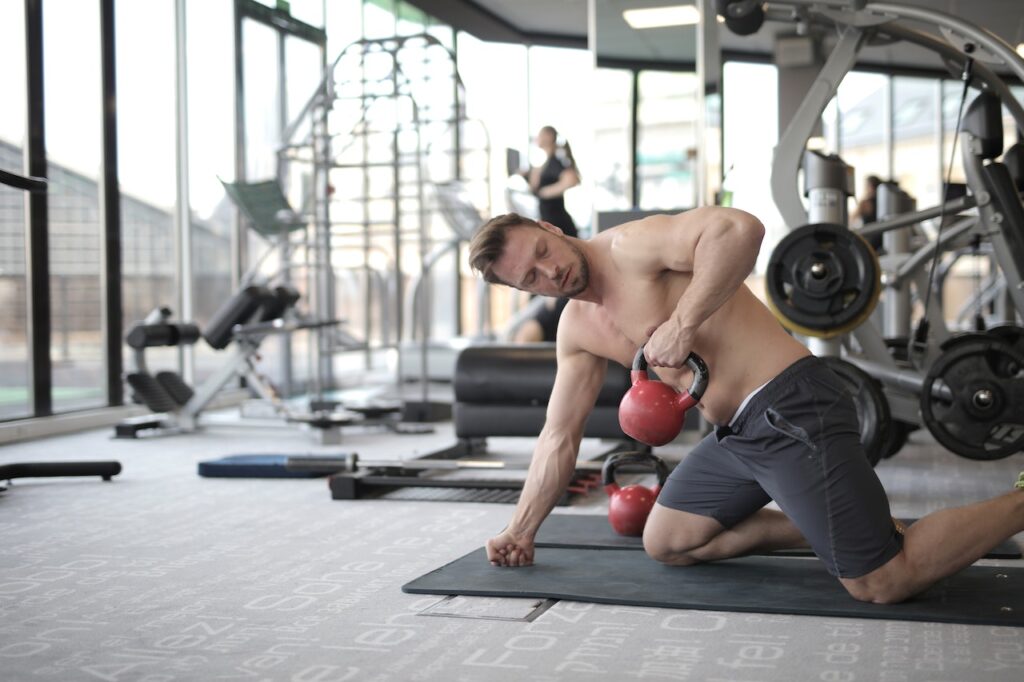
Combining HIIT with Other Workout Forms
While HIIT workouts are a fantastic way to improve cardiovascular fitness and burn calories, a well-rounded fitness routine should also incorporate other types of exercise. Strength training exercises, for instance, can complement your HIIT sessions by building muscle and improving overall strength.
Additionally, flexibility and stretching exercises are important for maintaining a full range of motion and aiding muscle recovery. Yoga or Pilates can be great options to include in your routine on your rest days.
Ready to create your dream home gym? Get started with our comprehensive guide.
